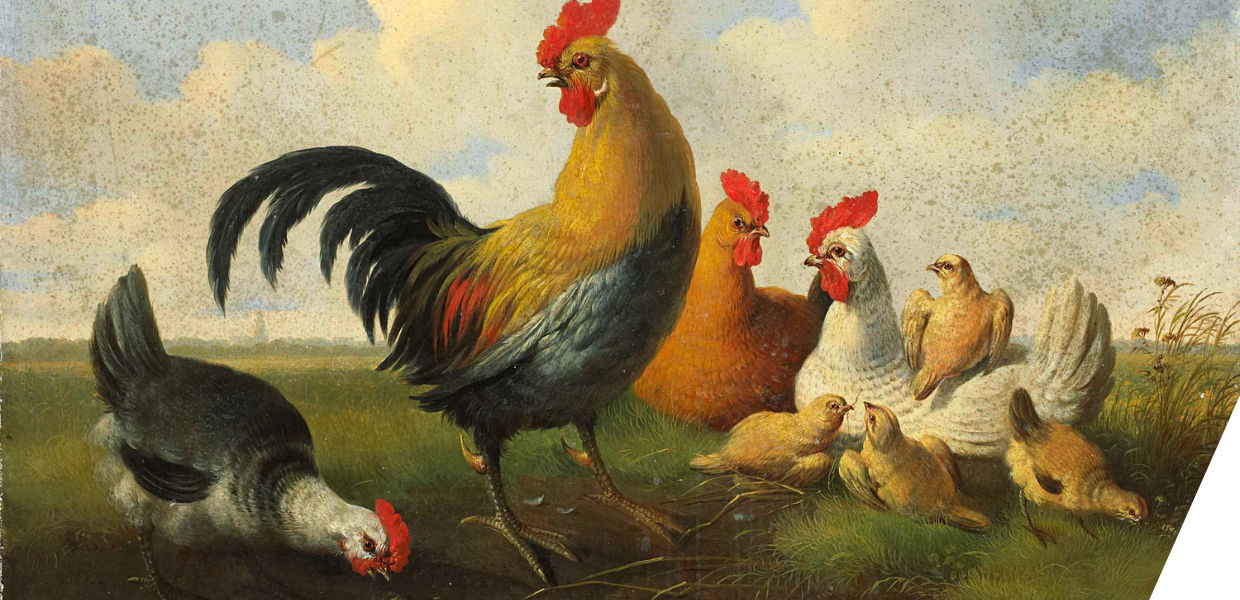Thank you for speaking to us today! Can you tell us about your institution?
The Museum für Naturkunde Berlin – Leibniz Institute for Evolution and Biodiversity Science is an integrated research-based museum within the Leibniz Association. It is one of the most important research institutions worldwide in the areas of biological and geological evolution and biodiversity.
Our mission is to discover and describe life and earth – with people, through dialogue. As a research museum and innovative communication platform, we want to engage with and influence the scientific and societal discourse about the future of our planet, worldwide.
What did your funded project focus on? And how was it developed?
The project built on a series of three workshops focusing on the question how the Anthropocene, the ‘Age of Humankind’ in which human activities impact the Earth system dramatically, will affect and change our practices and the organisation of knowledge in museums and archives. I was responsible for the Europeana grant related activities together with my colleagues Elisabeth Heyne, Project Lead of ‘Changing Nature Collecting the Anthropocene Together’, and Elisa Hermann, Head of Department Discovery Service and Information Management.
Our institution runs ‘Changing Natures. Collecting the Anthropocene Together’, a collaboration with the Muséem national d'Histoire naturelle in Paris, France, funded by the Federal Ministry of Education and Research (BMBF) and Ministère de l'Enseignement supérieur et de la Recherche (MESR). Taking an open science approach to collection development, collaboration invites members of the public to contribute to a digital collection on the subject of environmental change by sharing personal objects and the stories and memories linked to them. The aim is to encourage experimentation with new collecting practices, narratives and representations of the Anthropocene and open opportunities for a broader dialogue that engages actors from society and science.
The series of workshops we organised with the support of a Europeana grant are connected with and provide input to this bigger project. In addition, the questions discussed during the workshops drive the museum's Collection discovery and development project. Socially relevant research questions are our central drive here. As a modern research and information infrastructure, our collection will be fully integrated into the European landscape and made interoperable in both analogue and digital form, thus enabling holistic access.
What was the outcome - how can someone use it?
The workshop results provide a comprehensive interdisciplinary overview and introduction to current discussions on the Anthropocene and museum practices. We published the workshop report on RIO | Research Ideas and Outcomes platform so it can be used by anyone to to approach and explore the topic of the Anthropocene and cultural heritage, and to reflect on their own work from this point of view. It also provides ideas for further collaborations. Europeana Pro audiences can also benefit from an abridged version of the report. The results of the workshops also provide ideas for further collaborations.
What have you learned from this experience about crowdsourcing for cultural heritage?
The workshops have successfully demonstrated that the engagement with Anthropocenic objects can provide a compelling gateway to reflection on current practices in cultural heritage. Crowdsourcing projects can address topics from different perspectives. At the same time, they bring with them the challenge of combining different professional languages, as well as professional and public discourse and cultural contexts. Projects should focus much more on multiperspectivity and acknowledge the importance of notions and language in order to create mutual understanding and dialogue – and crowdsourcing can be an important factor here.
How can crowdsourcing initiatives be designed to meet the needs of researchers?
Our workshops have shown that it is essential to include the perspective of many and to reflect constantly on which perspectives are missing, overlooked or even excluded in the project design. The needs of scientists must therefore be only one part of the design of crowdsourcing initiatives. From my perspective, it would be important to be able to know who is contributing to a crowdsourcing initiative and with what intention. This information should be less about personal data and more about the context of the contribution and the contributor.
What are your plans for the future of the project?
We see the workshops as a starting point for further discussion and collaboration. Through the publication of the workshop report, we want to make the results usable for both science and practice and stimulate further exchange.
Thank you for telling us about the project!
If you want to find out more about the participatory project at Museum für Naturkunde Berlin, visit the collection platform “Changing Natures”. You can also join the Europeana Research Community to be the first to hear about further opportunities for collaboration.


